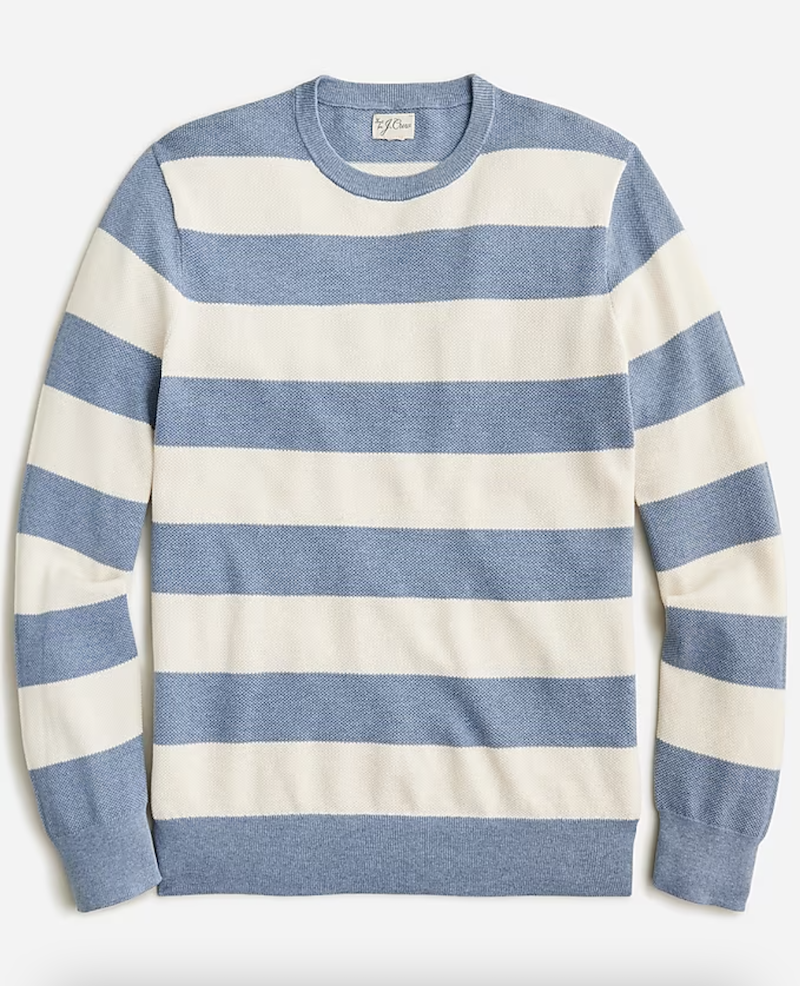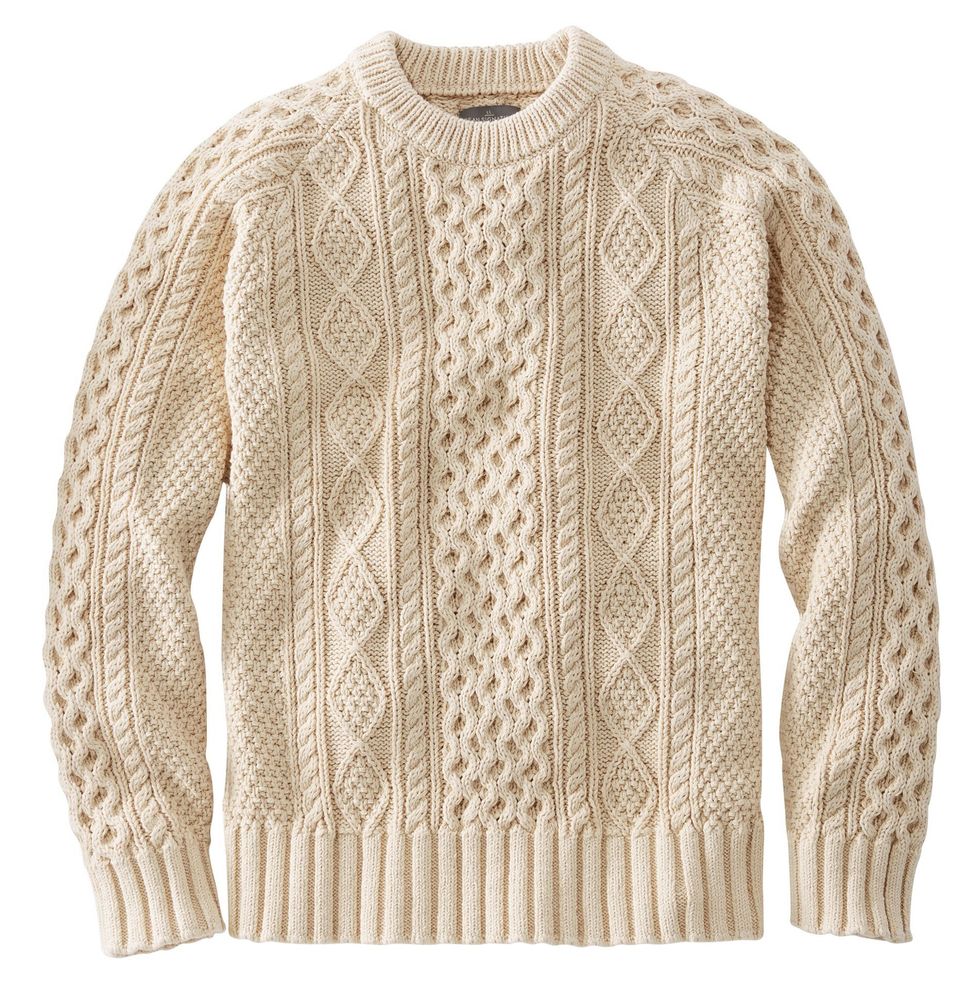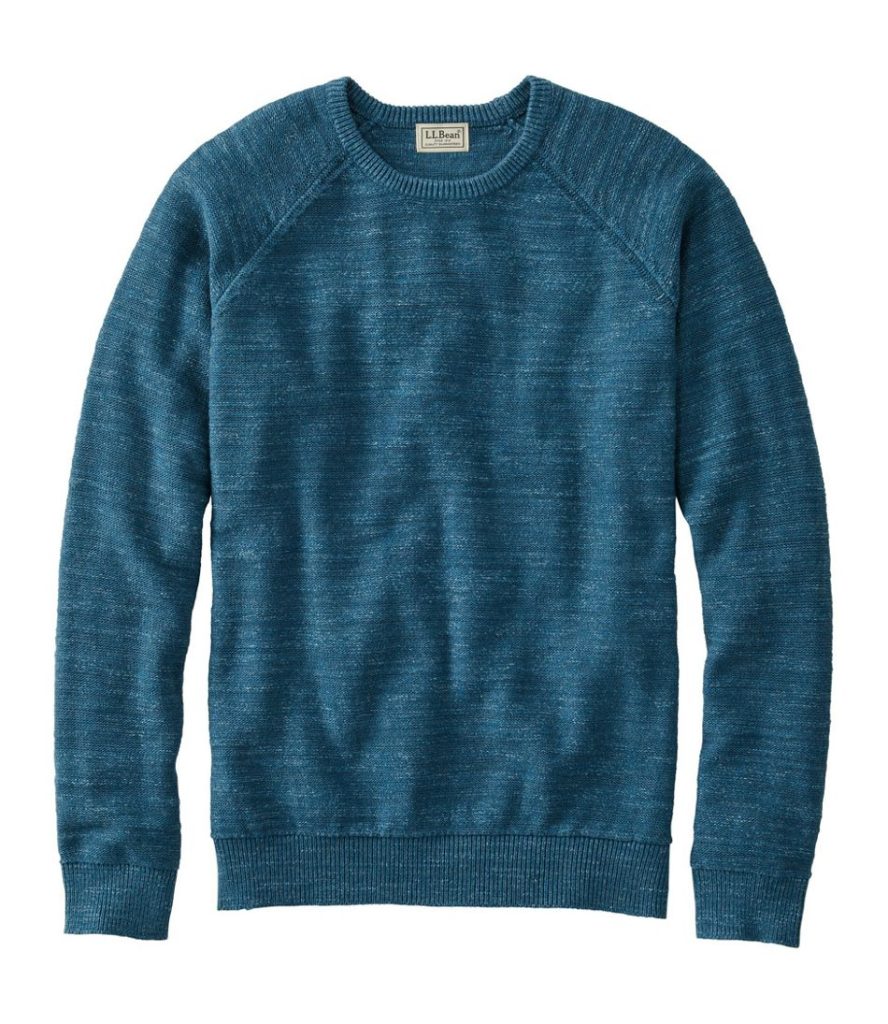Folding Sweaters, especially delicate ones made from materials like cashmere, merino wool, or cotton, is an essential skill to maintain their shape, avoid stretching, and prevent unsightly creases. Below is an extensive guide on the best methods for folding men’s turtleneck sweaters, ensuring they remain in pristine condition.

1. Preparation
Begin with a clean, dry sweater. Lay it flat on a smooth surface, such as a table or ironing board, ensuring that all parts are fully extended and free from wrinkles. This initial step is crucial as it allows you to identify any potential areas that might need gentle reshaping.
2. Sleeve Alignment
Start by aligning both sleeves horizontally along your work surface. Make sure the cuffs are touching each other at the bottom and the shoulder seams are aligned at the top. This method helps distribute the weight evenly and prevents the sweater from becoming misshapen.
3. Horizontal Fold
Fold one sleeve across the chest, placing the cuff just past the opposite shoulder seam. Repeat this process with the other sleeve, so that the two cuffs meet in the middle of the back. This technique minimizes stress on the fabric and avoids creating dents in the elbows.
4. Vertical Fold
Next, fold the sweater vertically down the middle. Bring the bottom hem up to the collar, making sure the edges align neatly. This step not only halves the size but also ensures that the bulk of the sweater is evenly distributed, reducing strain on the neckline.
5. Contouring the Collar
If you’re dealing with a turtleneck, take extra care around the collar. Gently coax the collar into a natural shape, then lightly press it down as you fold the sweater over. Avoid rolling or bunching the neck as this can lead to permanent creasing or distortion.

6. Storing Your Sweater
Once folded, store your sweater in a cool, dry place away from direct sunlight. Ideally, use a breathable storage container or shelf rather than a plastic bag, which can trap moisture and cause damage. Stack heavier items elsewhere to prevent them from weighing down the sweater and causing unnecessary pressure.
7. Layering While Storing
For optimal space utilization and preservation of shape, consider layering your folded sweaters between acid-free tissue paper or using specialized sweater storage bags. This adds an extra layer of protection against dust and color transfer while allowing air circulation.
8. Seasonal Rotation
Rotate your sweaters seasonally. When packing away for warmer months, add moth repellents like cedar blocks or lavender sachets to keep pests at bay. Before storing, check for any signs of wear or damage and mend them before long-term storage.
9. Travel-Friendly Folding
When traveling, roll the sweater instead of folding to save luggage space and reduce wrinkling. Start at the collar and gently roll downwards towards the hem. Secure the rolled sweater with a belt or packing strap to keep it compact.
10. Handling Delicate Materials
For extremely delicate fabrics like cashmere, use even gentler folds and avoid pressing too hard. Consider laying the sweater flat in a drawer rather than stacking it, as this will minimize friction and compression that could lead to pilling or stretching.

Great way to clean sweaters
Caring for your sweaters, especially those made from delicate fabrics such as cashmere, merino wool, or cotton, is a meticulous process that can significantly extend their lifespan. Below is an extensive guide on the best methods to clean, maintain, and preserve the quality of your cherished sweaters.
1. Pre-Cleaning Inspection
Before cleaning, examine your sweater for any stains, tears, or loose threads. Address stains immediately with a gentle spot cleaner, being careful not to rub harshly. Mend any damages before washing to prevent them from worsening.
2. Check Care Label
Always refer to the care label first for specific instructions. Different fibers require different treatment. For instance, some may recommend hand-washing, while others can tolerate machine washing in a gentle cycle.
3. Hand-Washing Method
For most delicate sweaters, hand-washing is the preferred method. Fill a basin or sink with cold water and a mild detergent designed for delicates. Submerge the sweater, gently agitate it without rubbing, and let it soak for about 15 minutes. Rinse thoroughly with cold water until the water runs clear.
4. Machine Washing
If your sweater’s care label allows machine washing, use a mesh laundry bag to protect it. Set the machine to a delicate or wool wash cycle using cold water and a gentle detergent. Avoid fabric softeners, as they can damage the fibers.
5. Drying Techniques
After washing, never wring or twist your sweater. Instead, gently press out excess water and lay it flat on a clean towel to dry naturally. Reshape the sweater to its original form while damp, ensuring seams and edges are aligned correctly. Do not hang to dry, as this can cause stretching and distortion.

6. Dealing with Pilling
Pilling is a common issue with sweaters. Use a lint roller or a special sweater comb to remove pills once the sweater is dry. Gently glide the tool over the surface without applying too much pressure.
7. Stain Removal
For stubborn stains, mix a solution of equal parts white vinegar and water. Apply it to the stain, let it sit for a few minutes, then rinse thoroughly. For oil-based stains, sprinkle talcum powder or cornstarch on the affected area to absorb the oil before washing.
8. Storage Considerations
When storing your clean and dry sweater, avoid hanging it as this can lead to stretching. Fold it neatly, placing tissue paper between layers if stacking, to prevent color transfer and creasing. Store in a cool, dry place away from direct sunlight.
The key to maintaining the cleanliness and longevity of your sweaters involves understanding their specific needs, following care labels, and treating them with gentle hands throughout the entire cleaning process. By adopting these practices, you’ll ensure your sweaters remain soft, comfortable, and free from damage, allowing you to enjoy them for years to come.
In conclusion
The art of folding a sweater involves meticulous attention to detail and respect for the garment’s construction. By adopting these practices, you’ll ensure that your men’s turtleneck sweaters remain in excellent condition, maintaining their original shape, softness, and longevity, no matter how many times they’re worn, washed, and stored.
